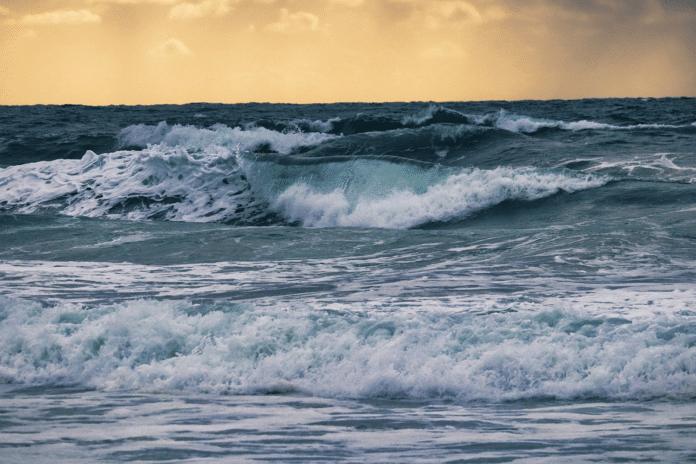A new study has taken a step toward understanding the chemistry of the early ocean. It suggests that Earth’s ancient oceans were much saltier than they are today. The oceans may have contained a salt level as high as 7.5%. Today’s oceans, by comparison, are about 2.5% salt.
Scientists wanted to determine how much stable halogen material exists on Earth. The halogen material includes elements such as fluorine, chlorine (found in salt), bromine, and iodine that produce a range of salts when they react with metals.
Halogen is an essential material in some of the most fundamental processes related to the planet’s formation and evolution. The presence of halogens plays a vital role in the essential nature of oceans in making life on Earth possible.
Graduate student Meng Guo said, “Seawater chemistry dictates not only the acidity of the ocean but also the way carbon dioxide is partitioned between the atmosphere and the ocean.”
Scientists have created a new method using a new algorithmic tool to measure the global abundance of halogens. They also gathered the latest science about how other elements cycle through the Earth’s surface and interior layers.
Their findings suggest that chloride and other halogens were primarily expelled from the planet’s interior during Earth’s first 500 million years. This took them closer to Earth’s crusty surface and oceans — and then cycled most of them back into the mantle afterward.
Korenaga said, “Our finding is opposite to the conventional wisdom.”
The study appears in the journal Proceedings of the National Academy of Sciences.
